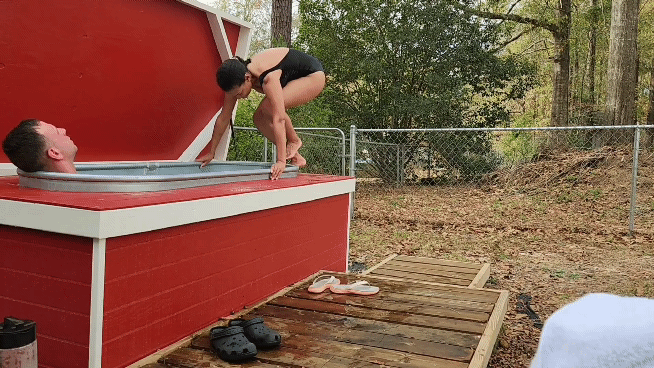I love kites!
Except we always got them stuck in the trees; I think there was the remnants of one way up in a big Butternut tree on the farm for like 20 years it seems.
Not to veer too far from what is technically a kite, but have you folks seen the
Strandbeests of Theo Jansen from Holland.
He uses electrical conduit-type pipe to make incredible, articulating "creatures" propelled by the wind to walk or otherwise amble down the beach.
Let's see if I can link a video... I never tried...
Youtube
It seems to me that those creatures walking around would frighten rabbits, and many other bewildered creatures.
But I am interested in your "sky kite" projects!








